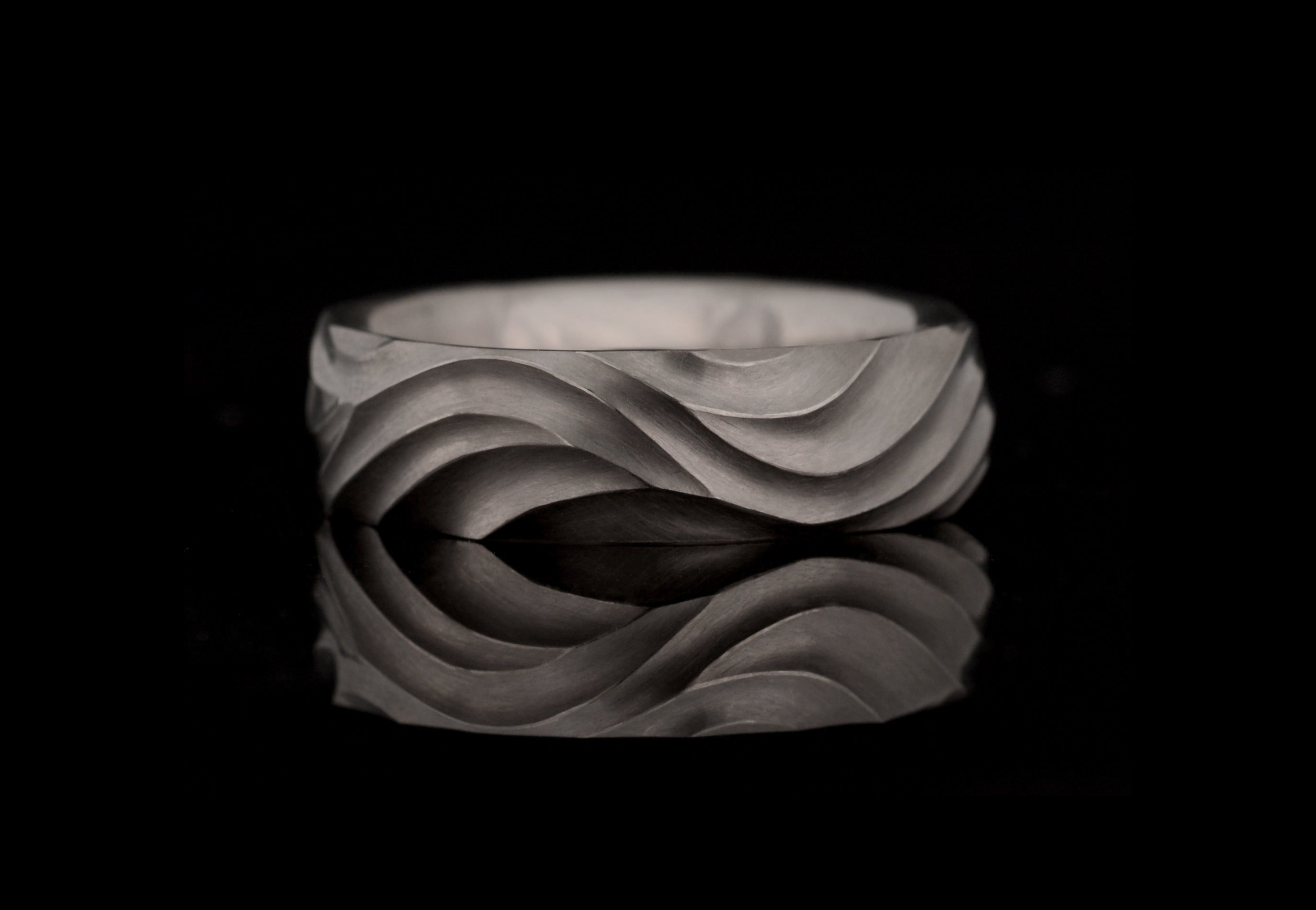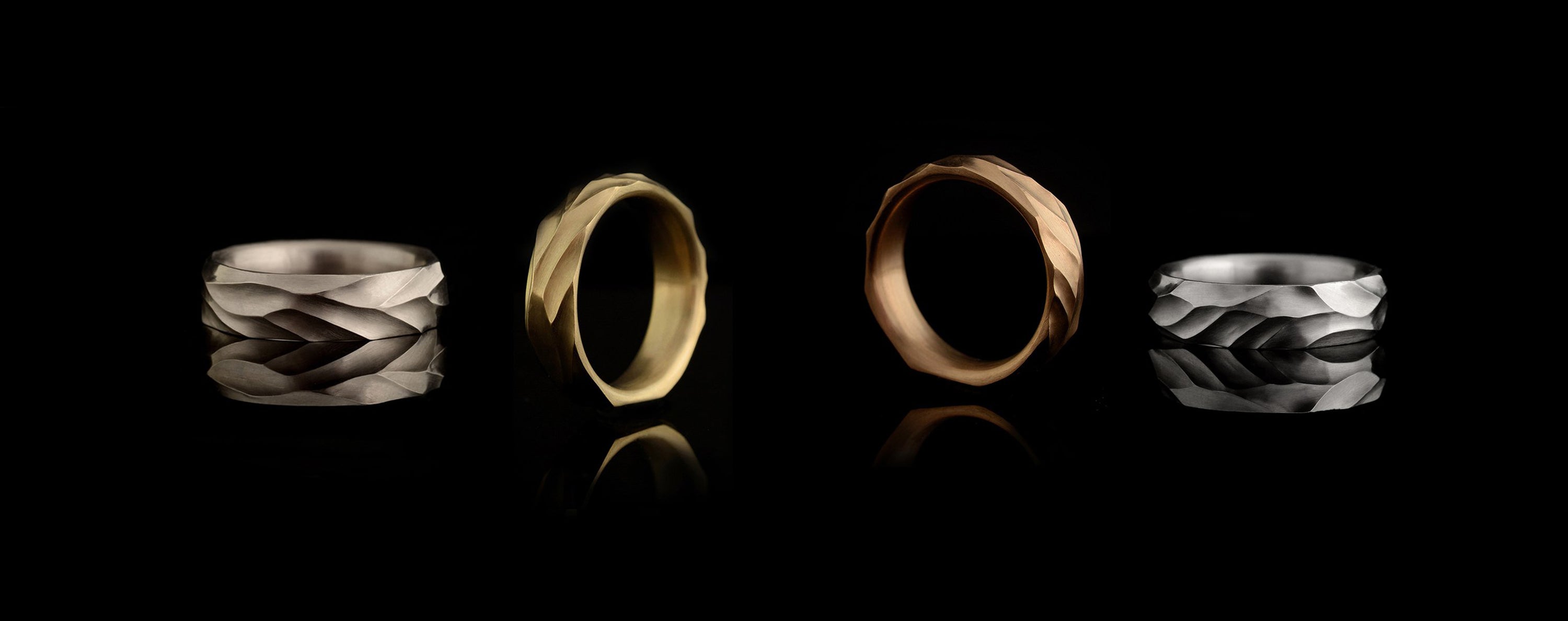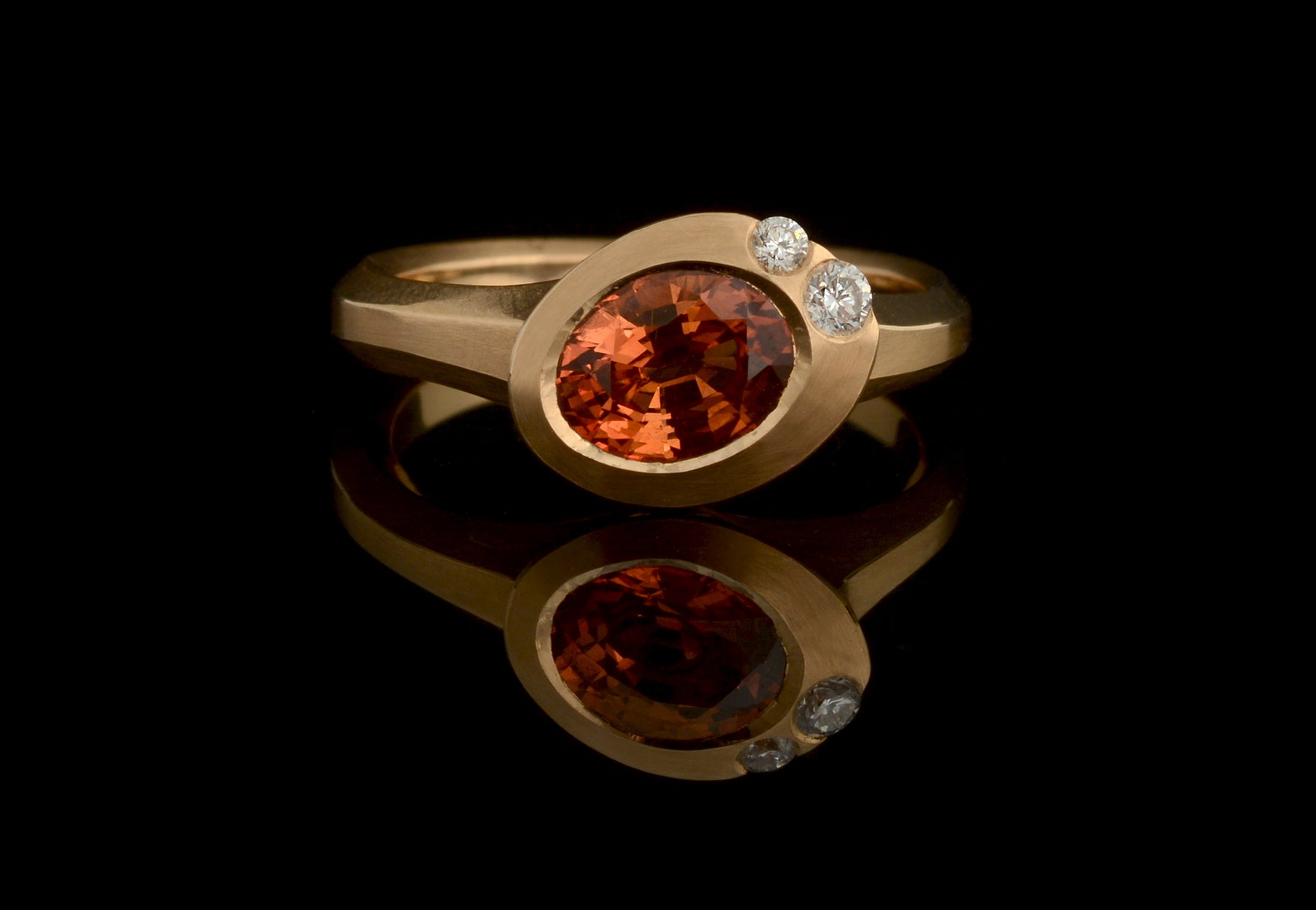
Platinum and white gold, what are the differences?
White gold and platinum are the most sought after white metals for fine jewellery, but what are the differences? If you’re not sure read on.
The gold and platinum used for jewellery making is not pure; each is combined with other metals to form alloys with properties more suited to jewellery making. In their pure states platinum and gold are so soft that they could not retain a polished finish for long - pure gold is so soft that it can be moulded by hand.
Gold and platinum are alloyed with metals to increase their durability and hardness and, in the case of gold, to provide a range of colours. Yellow, rose and green gold are created by alloying pure gold with silver and copper in various proportions. White gold is an alloy of palladium and gold.
When comparing white gold and platinum side by side it is usually possible to see a subtle difference in colour, however in highly polished piece of jewellery it can be more difficult to see. The hammered wedding bands below are white gold (left) and platinum (right). White gold is darker and slightly warmer in colour than platinum.
18 carat white gold is made up of 75% pure yellow gold mixed with 25% white metal (silver and palladium). Silver and palladium mask the natural colour of yellow gold and give it a ‘white’ colour (actually a steely grey) but the high proportion of yellow gold means that a faint glow of yellow gold can still be seen.
We never plate our white gold jewellery, instead we have spent time researching and testing white gold alloys to find one which is naturally light in colour and looks beautiful unplated. We use this for all our white gold jewellery to ensure that it will retain its colour throughout its life. In recent years alloys with higher palladium content have been developed which do not need plating; palladium has a bleaching effect on yellow gold and the resultant metal is very light with only a hint of yellow gold.
Many jewellers choose to plate white gold with a thin layer of white rhodium to disguise the grey/yellow colour, which can be quite pronounced in some white gold alloys. Most of the white gold jewellery currently sold is plated with white rhodium to give a bright white finish. As with all plated finishes the rhodium will wear off over time exposing darker metal below. Plating on earrings and pendants will last well however as rings are subject to constant wear and tear the plating will wear off more quickly. We aim to make jewellery that will look beautiful throughout its lifetime and will last for generations which is why we never plate any of our jewellery.
Platinum, unlike gold, is naturally white and is alloyed with other metals for strength and workability rather than colour. The platinum used in our jewellery is 95% platinum alloyed with 5% copper.
The cool pale white colour of platinum looks beautiful with white diamonds which is one of the reasons it is such a popular choice for engagement rings.
Platinum is the rarest and heaviest of the precious metals. It has an extremely high melting point (1773 degrees Celsius) and lack of memory which make it one of the most challenging jewellery metals to work with. In the early part of the 1900s platinum was a popular choice for fine jewellery, however during World War II it was classified a strategic metal by the US government and non military uses were disallowed in the USA until the 1980s. White gold became a popular choice during this time, however more recently this has reversed and platinum has become the firm favourite.

Platinum is more dense and thus heavier than gold (40% heavier than 18 carat gold). Its higher density also makes it more durable than gold, even though gold is harder. A platinum item will resist scratching and will lose very little metal through wear. It's strength and durability makes platinum the safest choice for diamond settings and it is ideal for the delicate micro pave diamond setting that we specialise in.
Platinum is also the least reactive metal and is hypoallergenic. This means that people who may react to other metals can wear platinum without any ill effects.
We use both platinum and white gold widely throughout our collections, come in and see some examples in store if you'd like to see for yourself!






